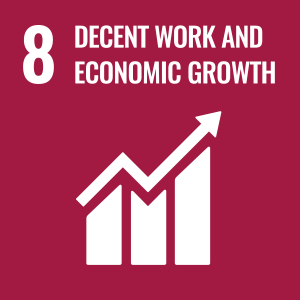
Significance & Commitment
Employees are Banpu’s most valuable asset. Attracting and retaining top talent through strategic human capital development is thus a cornerstone of our long-term strategy. Banpu is committed to advancing its leadership development initiatives by integrating digital and AI-driven tools to equip leaders for today’s challenges and drive tomorrow’s innovations. This approach not only strengthens our competitive advantage but also reinforces the Company’s ability to succeed in a complex, fast-paced business environment.
Management Approach
The human capital development plan is strategically formulated, aligned with both identified competency gaps and the Company’s long-term business goals. Specific training roadmaps are developed for each job level and function and are reviewed and updated annually to ensure relevance in a dynamic business environment. The individual development plans (IDPs) are tailored to each employee, based on the competency requirements of their roles and personal competency profiles, covering both technical and leadership skills.
To sustain a strong leadership pipeline, Banpu has deepened its coaching culture through programs such as “Engaging Leader,” “Great Coach,” and “HiCoach.” These initiatives are designed to empower leaders at all levels with coaching mindsets and practical tools for talent development. In addition, the Company launched the “Banpu Global Leadership Program” to nurture the next generation of leaders across 3 levels:
• Business Leader: Equips senior leaders to deliver business value, lead diverse teams, integrate sustainability into business strategy, and navigate the complexities of the global energy landscape.
• First-Line Leader: Builds foundation skills in leadership, communication, and innovation for newly appointed managers.
• Future Leader: Prepares high-potential talent through cross-functional project experience, mentorship, and involvement in strategic decision-making.
These programs are designed to foster diversity, inclusion, and cross-functional networking, laying the foundation for strengthened international cooperation across the group. To assess the return on employee development investment, the Company adopts international best practices and standardized evaluation methodologies, like the Kirkpatrick model, to measure learning effectiveness and long-term impact.

